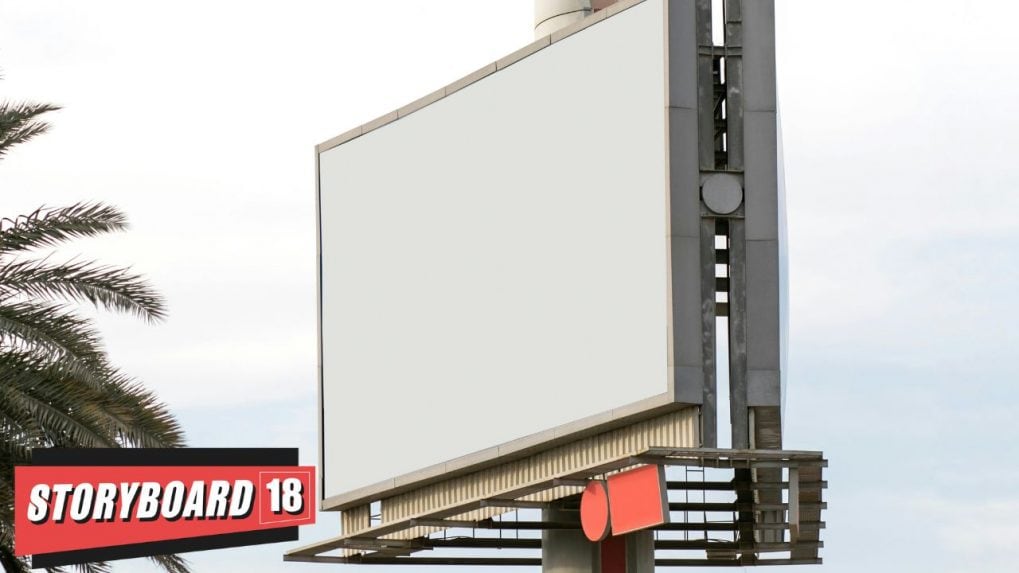Digital
Why OpenAI is hiring 100 ex-bankers: Inside the ChatGPT-maker's secret project to automate Wall Street's grunt work

As geopolitical tensions rise between India and Pakistan, and the Indian Premier League (IPL) faces a temporary halt, the out-of-home (OOH) advertising industry in India is entering a phase of strategic reassessment. While the disruption is still unfolding, media planners and outdoor ad firms are already taking precautionary steps—shifting inventory, pausing campaigns in sensitive regions, and rebalancing client outreach.
“While it is premature to forecast the full extent of the impact, the only segment affected so far is travel and tourism,” said Rajesh Radhakrishnan, Co-founder and CMO at Vritti iMedia. He noted that OOH campaigns in high-alert regions, particularly around airports, transit hubs, and border districts, are being paused or redirected to less volatile geographies.
“Brands prefer to avoid areas where consumer attention may be diverted due to uncertainty. The focus is shifting to urban clusters and DOOH opportunities in metro cities,” he added.
Yogesh Lakhani, CMD of Bright Outdoor Media, echoed the sentiment. “Sensitive zones such as airports, border areas, and parts of northern India may see reduced activity depending on how the situation unfolds. But outdoor media has always been resilient—any disruption is likely to be localised and short-lived,” he said.
It is to be noted that the Airports Authority of India (AAI) has announced the temporary closure of 32 airports for all civil flight operations from May 9 until on May 15, 2025.
Storyboard18 had earlier reported that India’s overall advertising expenditure (AdEx) could see a 5–10% decline in the first half of 2025, particularly in Q1, amid escalating tensions between India and Pakistan. As per February estimates by top ad firms, the OOH advertising sector was projected to grow by 15–16% over the year, contributing approximately ₹5,500 crore to the total AdEx.
Inventory Reallocation in Motion
As tensions escalate in select regions, short-term under utilisation of inventory in those zones is becoming evident. Both executives confirmed that while demand in border areas may dip temporarily, metro and tier-1 city inventories remain in demand, particularly from stable sectors like FMCG, BFSI, healthcare, and government campaigns.
“A short-term shift in demand could emerge with brands redirecting spends to more stable regions,” said Lakhani. Radhakrishnan added that advertisers are showing flexibility: “Rather than a pullback, this is shaping up to be a reallocation of spends. Media owners are seeing more last-minute changes and cautious spending in high-alert areas.”
H1 Adex Faces Mild Pressure, Recovery Expected in H2
The sudden pause in IPL—a major revenue driver for the outdoor industry—has added to the uncertainty. Additionally, temporarily shutdown of 32 airports is to further impact the revenues.
While a significant dent in H1 adex is not yet confirmed, the overall tone is one of cautious optimism.
“H1 OOH adex could face some downward pressure, especially due to the IPL suspension,” said Radhakrishnan. “But if the current disruptions are short-lived, the dip will likely be minimal. The sector is expected to regain momentum in Q2.”
Lakhani added that advertisers may re-strategise and lean into the second half of the year to recover lost ground. “The industry is agile and has a track record of bouncing back swiftly,” he said.
Brand Categories Recalibrate OOH Strategy
Not all brands are reacting uniformly. Travel and luxury categories, in particular, are expected to adopt a more conservative approach in sensitive zones. “Travel and tourism brands may hold back on premium inventory in high-alert regions. Their messaging may not align with the prevailing mood,” said Radhakrishnan.
On the other hand, brands in telecom, FMCG, BFSI, education, and government awareness campaigns are likely to maintain or even increase their OOH presence—especially in areas with consistent footfall or high community engagement. “Hyperlocal relevance and informative messaging will be key,” he said.
Bright Outdoor Media’s Lakhani agreed. “Brands in essential categories may continue or ramp up their OOH presence in stable areas to maintain market continuity,” he said.
While the full impact of the current geopolitical and commercial disruptions remains uncertain, the OOH industry is adapting in real-time. With brand responsiveness, flexible campaign strategies, and a shift toward digital and transit-based media in play, stakeholders remain confident that the industry’s rebound will only be a matter of time, assuming stability returns soon.
In a wide-ranging interview with Storyboard18, Sorrell delivers his frankest assessment yet of how the deal will redefine creativity, media, and talent across markets.